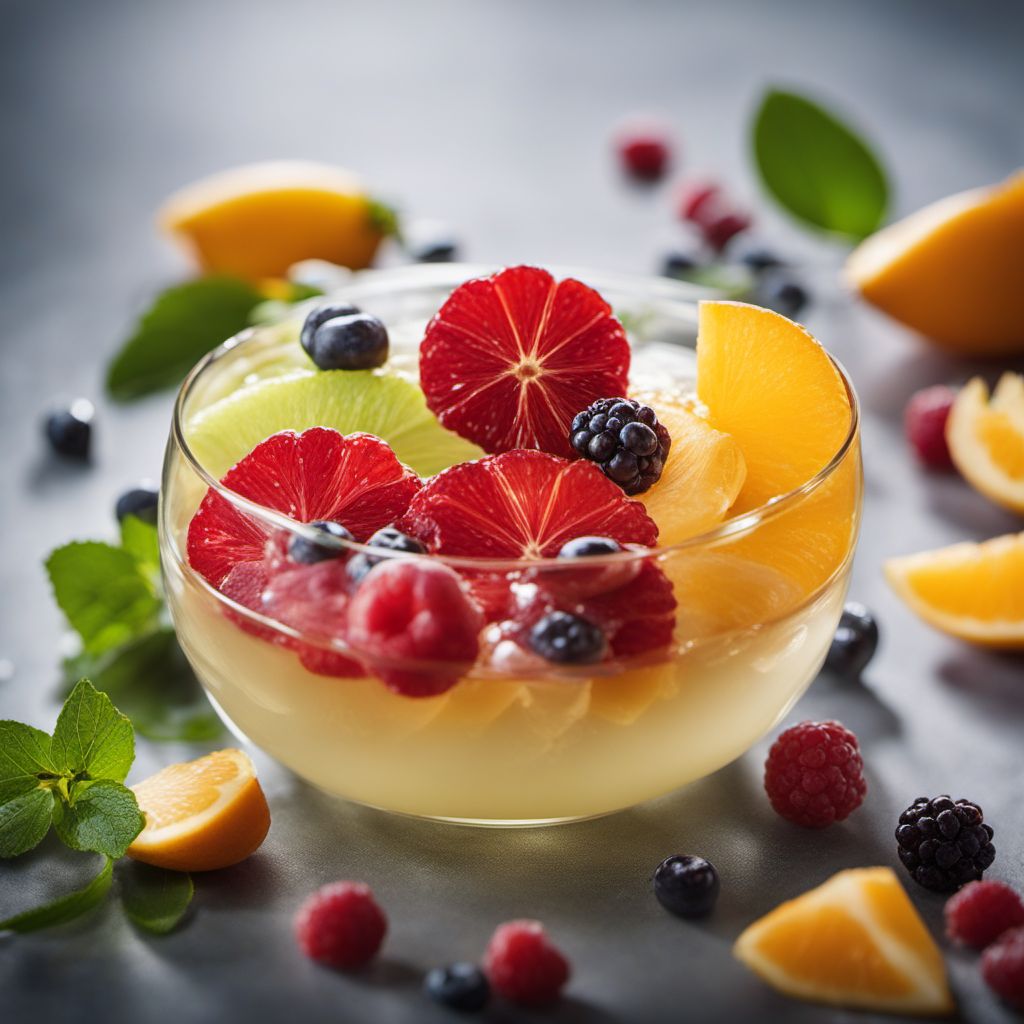
Ingredient
Fruit infusion
Refreshing Fruit Infusion
Fruit infusion is a simple yet flavorful way to enjoy the essence of fruits in a refreshing beverage. By steeping a combination of fruits in water, the flavors and aromas are released, resulting in a light and thirst-quenching drink. Whether it's a citrusy blend of oranges and lemons or a tropical medley of pineapple and mango, fruit infusions offer a healthy and delicious alternative to sugary beverages.
Origins and history
The practice of infusing fruits in water can be traced back to ancient civilizations, where it was used as a method to enhance the taste and nutritional value of water. Over time, fruit infusions have become popular in various cultures around the world, with each region incorporating their local fruits and flavors. Today, fruit infusions are enjoyed as a refreshing beverage, often served chilled or over ice.
Nutritional information
Fruit infusions are naturally low in calories and provide a good source of hydration. They are also rich in vitamins, minerals, and antioxidants, depending on the fruits used. Additionally, fruit infusions can be customized to suit individual preferences, allowing for a healthier alternative to sugary drinks.
Allergens
Fruit infusions are generally allergen-free, but individuals with specific fruit allergies should exercise caution and avoid fruits that may trigger allergic reactions.
How to select
When selecting fruits for infusion, choose ripe and fresh fruits that are free from bruises or blemishes. Organic fruits are recommended to avoid any potential pesticide residues. It is also important to wash the fruits thoroughly before use to remove any dirt or contaminants. Opt for a variety of fruits to create a well-balanced flavor profile.
Storage recommendations
To maintain the freshness and flavor of the fruit infusion, it is best to store it in the refrigerator. If left at room temperature for an extended period, the infusion may become susceptible to bacterial growth. Consume the fruit infusion within 2-3 days to ensure optimal taste and quality.
How to produce
Producing fruit infusions at home is a simple process that involves combining sliced or chopped fruits with water and allowing them to steep for a certain period of time. Experiment with different fruit combinations and infusion times to discover your preferred flavors. It is also possible to enhance the infusion by adding herbs, such as mint or basil, for an extra layer of freshness.
Preparation tips
When preparing a fruit infusion, it is important to slice or chop the fruits into smaller pieces to allow for better flavor extraction. For a stronger infusion, increase the steeping time, while for a milder flavor, reduce the infusion time. To enhance the presentation, consider adding ice cubes, fresh herbs, or citrus slices to the infused water. Fruit infusions can also be used as a base for cocktails or mocktails, adding a burst of natural flavor to your favorite beverages.
Culinary uses
Fruit infusions can be used as a refreshing standalone beverage or as a base for various cocktails, mocktails, and spritzers. They are commonly enjoyed during hot summer months or as a healthy alternative to sugary drinks. Fruit infusions can also be incorporated into desserts, such as sorbets or granitas, to add a natural fruity twist.
Availability
Fruit infusions can be enjoyed worldwide, as they can be made with a variety of fruits available in different regions. However, countries with tropical climates, such as Thailand, Brazil, and India, often have a wider range of fruits suitable for infusions.
More ingredients from this category » Browse all

Rooibos infusion
The Red Bush Elixir
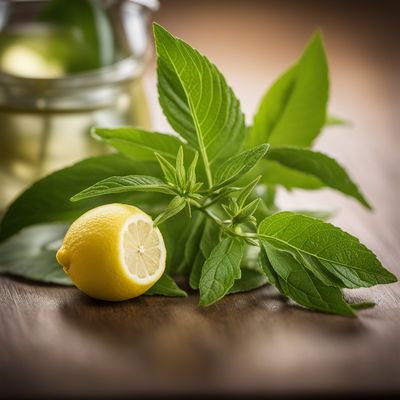
Lemon verbena infusion
The Zesty Elixir: Unveiling the Delights of Lemon Verbena Infusion

Camomile infusion
"Soothing Serenity: Unveiling the Delicate Elixir of Camomile"

Rose infusion
"The Fragrant Elixir: Exploring the Delicate Flavors of Rose Infusion"
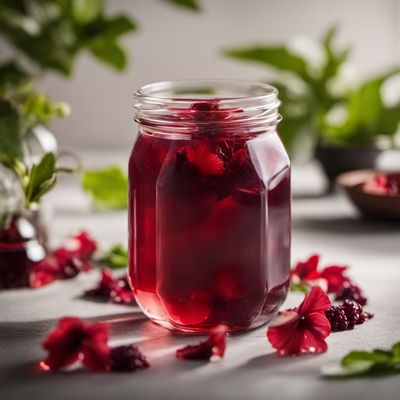
Hibiscus infusion
The Vibrant Elixir
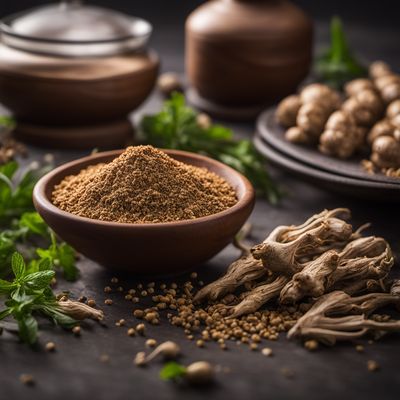
Valerian root infusion
The Tranquil Elixir: Valerian Root Infusion
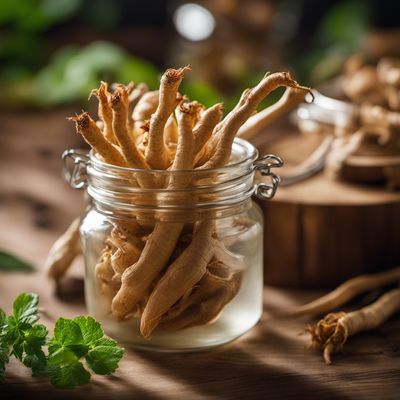
Ginseng root infusion
Elixir of Vitality

Maté infusion
The Energizing Elixir

Elderflowers infusion
The Fragrant Elixir: Elderflower Infusion

Fennel infusion
The Fragrant Elixir: Fennel Infusion

Lime blossoms infusion
The Fragrant Elixir of Lime Blossoms
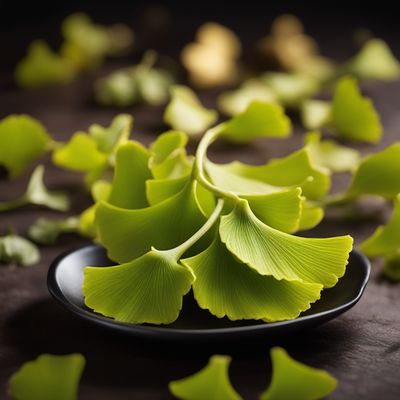
Gingko infusion
The Golden Elixir: Unveiling the Secrets of Gingko Infusion
